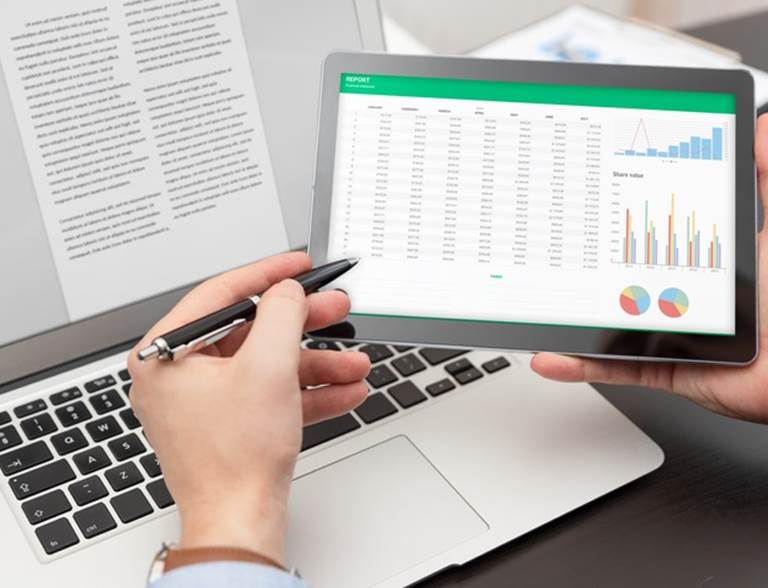
STS for Credit Risk Sharing is proving a success
This new framework was introduced under the EU’s Capital Markets Recovery Package (CMRP) to make it easier for capital markets to support economic recovery from the COVID-19 pandemic. At PGGM we have strongly supported the introduction of the STS designation for CRS transactions and we see its results already.
The road to STS for Credit Risk Sharing
The STS label for credit risk sharing has long been in the making. Our first dialogues with the EBA started in 2015, when the STS framework for true sale securitisations was being discussed as part of the Capital Markets Union. We emphasised the need for inclusion of CRS transactions in such framework and the complementarity of credit risk sharing and true sale securitisation. Since then we have been highlighting how securitisation, if well structured, can help the European economy, and how these instruments are far removed from what led to the Global Financial Crisis (GFC) in 2008. See our earlier papers and blog posts on this topic: “Simple synthetic securitisation. Why and how we invest in synthetic balance sheet securitisations”, “Securitisation benefits issuers, investors and real economy” and Securitisation and The Big Short: Food for thought.
An STS framework for on-balance-sheet securitisations is meaningful because credit risk sharing increases banks’ capacity to lend to the real economy. Through sharing part of the credit risk of banks’ core lending books with non-bank investors, like PGGM and our co-investment partner Alecta, CRS reduces systemic risk to the financial system as well. In our view, key features of any healthy and sustainable investment class are that it is relatively easy to understand and manage, which is closely aligned with the objectives of STS.
The impact of the COVID-19 pandemic on the European economy gave impetus to these arguments and led to quick action by the EU regulators. Based on a report of the European Banking Authority (EBA) in May 2020, the STS label for credit risk sharing transactions was introduced by the European Commission in April 2021 as part of the Capital Markets Recovery Package (CMRP). Its main objective is to facilitate the economic recovery and to allow banks to maintain and even enhance their capacity to lend to the real economy, and in particular to SMEs, in times of economic crisis.
One year in review
The increased transaction activity in the first year of STS for credit risk sharing shows that the framework adds positive momentum to the development of this market. This a positive step forward, which surely can stimulate lending to the European real economy. To date, we have closed five CRS transactions that have been labelled STS, investing € 1.1 billion and referencing underlying loan portfolios of € 27.6 billion with banks across Europe. Most of these transactions were executed together with our co-investment partner Alecta, the largest pension fund in Sweden who has invested an additional € 0.4 billion in these transactions. We aim to close more STS transactions by year-end. This is in addition to transactions we continue to do with non-EU banks, leading to a record year for us in terms of number and size of transactions done in any 12-month period.
Diversity in EU partners
The STS framework has led established issuers to adapt their transactions to meet the STS criteria and has stimulated new issuers to enter the market. Indeed, virtually all CRS transactions we see being issued by EU banks aim to achieve the STS certification. As a result, the transactions done so far have been quite diverse.
Our first STS transaction was executed in Q4 2021 with our long-term partner BNP Paribas and is referencing the French and international corporate clients loan portfolio. In Q1 2022, we invested in the inaugural CRS transaction of the Polish mBank, which is the largest securitisation transaction in Central and Eastern Europe to date. The second quarter saw even more STS activity, including the first Nordic STS transaction with Nordea, the inaugural CRS transaction of German Landesbank Helaba, and another transaction with BNP Paribas. Together, these transactions cover credit exposures across a substantial part of the European continent and many different companies.
What’s next?
The evidence of the first year of the STS framework for CRS is promising and we expect to see more STS deals closed in the second half of 2022. Especially now, when the European economy is facing adverse times once more, it is important to stimulate the ability for banks to continue lending to the real economy. CRS is perfectly designed to do so by providing a perfect hedge on the loans in the reference portfolio. Yet, for the further development of a robust CRS market, and particularly to entice more direct participation by long-term institutional investors, improvements to the STS securitisation framework for CRS are needed - most notably in alignment of interest, counterparty risk and data that is fit-for-purpose. In addition, the implementation of the Basel IV aggregate output floor could have a disruptive effect if no further action is taken. This can and should be addressed in the coming period. Nonetheless, so far the experience of STS for CRS is a distinctly positive one.
For more information please visit our Credit Risk Sharing page.
Share or Print Article
click on the icon


